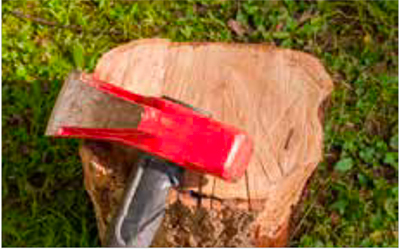21 October 2020
Seasoned wood has been cut and left out to dry for a long period of time, reducing the amount of moisture and sap for optimal burning in a wood appliance. Proper seasoning affects heat output, cleaning ease, emissions and catalyst life. This guide explains how to season and store firewood

- Wood logs (refer to wood chart on following page) aged 12-16 months
- Best time to cut is after leaf fall, when amount of moisture in wood is lowest
- Do not use skids, pallets and treated or construction lumber; they can cause overfiring and damage to your stove or fireplace

- Select 4-6 pieces from different areas of wood pile
- Split each piece just before measuring

- Insert probes into the newly exposed surface and take a reading. No need to force it in, you’re testing the surface.
- Use average of measurements taken
- 18% to 20% moisture is ideal (wetter will reduce heat; dryer will reduce burn time)
- 34% Moisture is considered too wet

- Low heat output
- Smoking
- Creosote build-up
- Chimney fires or worse

- Structure should be covered on top
- Structure should be open on sides to allow airflow
- Cross-stack wood evenly to allow airflow
- Do not wrap in plastic; it holds moisture in
